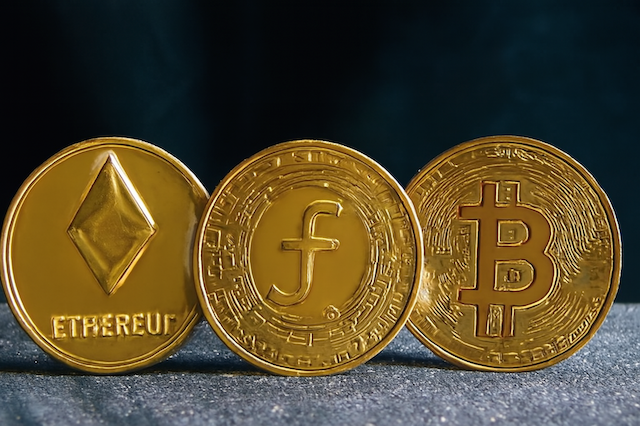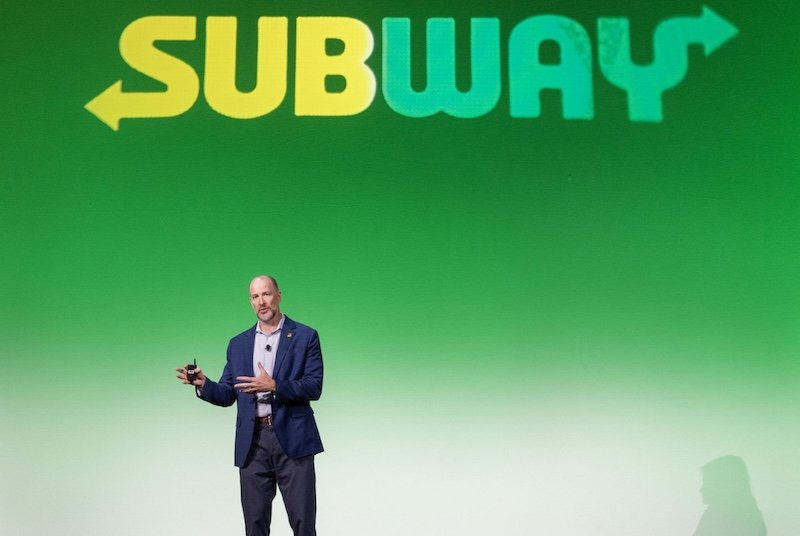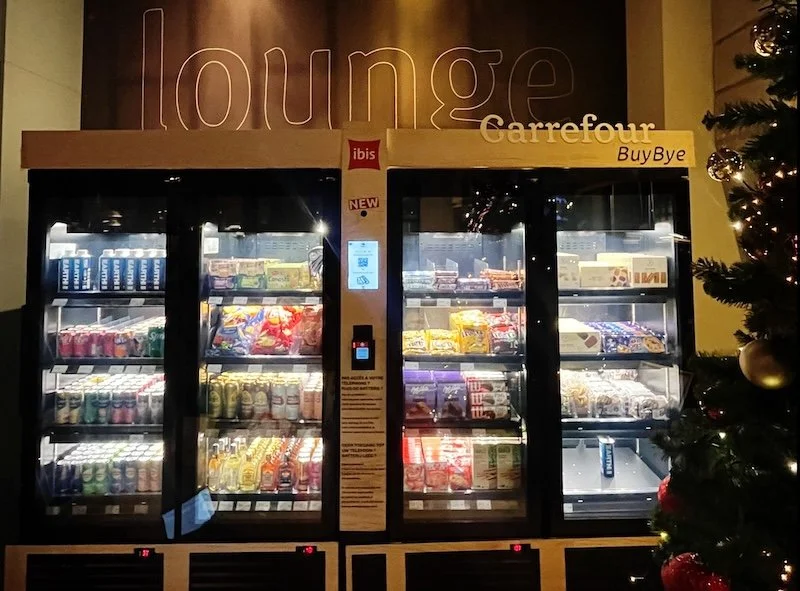Steps on crypto token listing: check out this complete guide for 2025
In the world of crypto, getting a token listed on an exchange can make or break a project. It’s not just about visibility - it’s about unlocking liquidity, credibility, and access to global trading.
As the competition heats up in 2025, many projects are turning to services for crypto listing agencies to navigate the increasingly technical and compliance-heavy environment.
This article breaks down the entire crypto token listing process, from selecting a platform to preparing documentation, navigating token listing requirements, and understanding the role of crypto exchange partnerships. Whether you’re listing on a CEX or a DEX, strategy is everything.

Exchange Listing Process on CEX and DEX
The exchange listing process varies widely depending on the platform type. Centralized exchanges (CEXs) typically require an extensive vetting phase, while decentralized exchanges (DEXs) allow for quicker, permissionless listings.
Centralized exchange (CEX):
● Involves a detailed listing application process including KYC/AML checks, smart contract audits, and business overviews.
● Often includes substantial crypto exchange fees, ranging from $20,000 to several hundred thousand, depending on the platform’s reputation.
● Liquidity support and a high user base make this a strong choice for serious projects.
Decentralized exchange (DEX):
● Faster, low-cost entry.
● Requires creating a trading pair and seeding a liquidity pool - no application or approval needed.
● Ideal for early-stage projects with community driven growth models.
Each path has pros and cons, but CEXs remain preferred for token legitimacy and mass exposure, while DEXs suit agile, grassroots launches.
Token Listing Requirements on CEX Exchanges
CEXs have firm exchange listing criteria to filter out scams and low-effort projects. Here’s what most require:
● Whitepaper and tokenomics. A clearly written document showing use case, supply schedule, and governance.
● Security audits. Third-party review of smart contract code is mandatory for most top-tier exchanges.
● KYC-compliant founding team. Exchanges want to see transparency and a track record.
● Active community. Some CEXs look at Twitter and Discord engagement as part of their listing due diligence.
If your project can’t meet these standards, a DEX might be a better entry point.
Crypto Exchange Partnerships and Their Benefits
Establishing exchange partnerships is more than just a listing - it's an ecosystem play. Many CEXs offer launchpads, liquidity programs, and token listing services that can amplify a project’s success:
● Launchpads. These platforms support Initial Exchange Offerings (IEOs), helping projects fundraise and build community.
● Market makers. Strategic liquidity providers can reduce volatility and support price discovery, making your token more attractive to traders.
● Promotional support. Some exchanges offer banner placements, email campaigns, and social media announcements to boost awareness.
These exchange listing strategies can significantly reduce time-to-market and improve token performance post-listing.
In 2025, listing your token isn’t just a technical milestone - it’s a go-to-market strategy. Whether launching via DEX or navigating the complex onboarding process of a CEX, every step matters. Projects must align with rigorous token listing requirements, craft a standout pitch, and leverage crypto exchange partnerships to gain traction.
To stand out, teams are increasingly turning to professional advisors and token listing services to streamline execution and maximize ROI. Done right, a successful listing doesn’t just get your token on an exchange - it puts your project on the map.






























Continue reading…